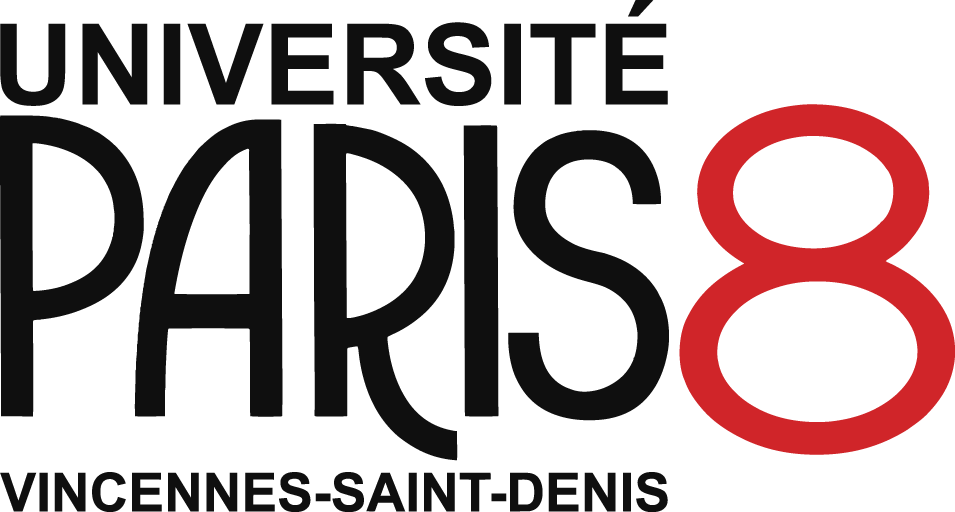The dark side of dyeing: labour organization and industrial district of Saint-Denis at the end of the fourteenth century
Résumé
The dark side of dyeing: labour organization and industrial district of Saint-Denis at the end of the fourteenth century :
The essay focuses on two documents which are quite contradictory but are produced by the same manorial authority – the abbey of Saint-Denis – at the end of the fourteenth century: the first is a statutes of 1374 allowing to dye wool or woollen cloth with bark’s walnut; the second is an inquiry of 1383 demonstrating that dying with bark’s walnut has never been authorised in the city of Saint-Denis. Both texts allowed nevertheless to draw the drapers’ working territory, which is not polarized by Paris but rather turned toward boroughs and country between the Seine, the Oise and the Marne, and this area might be an industrial district. The labour organization of Saint-Denis is very much like the one of Norman cities, with a limited division of labour, a supra-corporative organization over craft compagnies and a strong bound to country workers. The contradiction between the two documents points to the fragility of statutes, which are only a snapshot of the balance between the economic actors, because the lord has in fact no legitimacy to define technical rules for craftmen; he can only register social consensus.
La documentation relative aux métiers du drap à Saint-Denis contient deux textes qui, bien que contemporains et émanant de la même autorité seigneuriale, sont contradictoires. L’un est une ordonnance de métier de 1374 autorisant la teinture des draps à partir de racine de noyer ; l’autre est une enquête de 1383 montrant que cette technique a toujours été prohibée à Saint-Denis. Il ressort de la confrontation que les deux textes s’accordent pour dessiner un territoire productif de Saint-Denis, non polarisé par Paris, associant villes et campagnes entre Seine, Oise et Marne, qui pourrait bien être un district industriel. L’organisation du travail qui prévaut à Saint-Denis a de fortes affinités avec celle des villes de Normandie, avec une division du travail limitée, une organisation supra-corporative et une association villes/campagnes. Il y a donc un troisième modèle d’organisation professionnelle, entre la sophistication corporative des grands centres industriels et l’absence de règlement dans les campagnes. La contradiction entre ces deux pièces met aussi en évidence la fragilité de la norme corporative au Moyen Âge : faute d’une légitimité technique, le seigneur ecclésiastique enregistre, impuissant, le bras de fer entre teinturiers partisans et adversaires de la teinture de noyer.
Domaines
Histoire
Origine : Fichiers produits par l'(les) auteur(s)
Loading...

